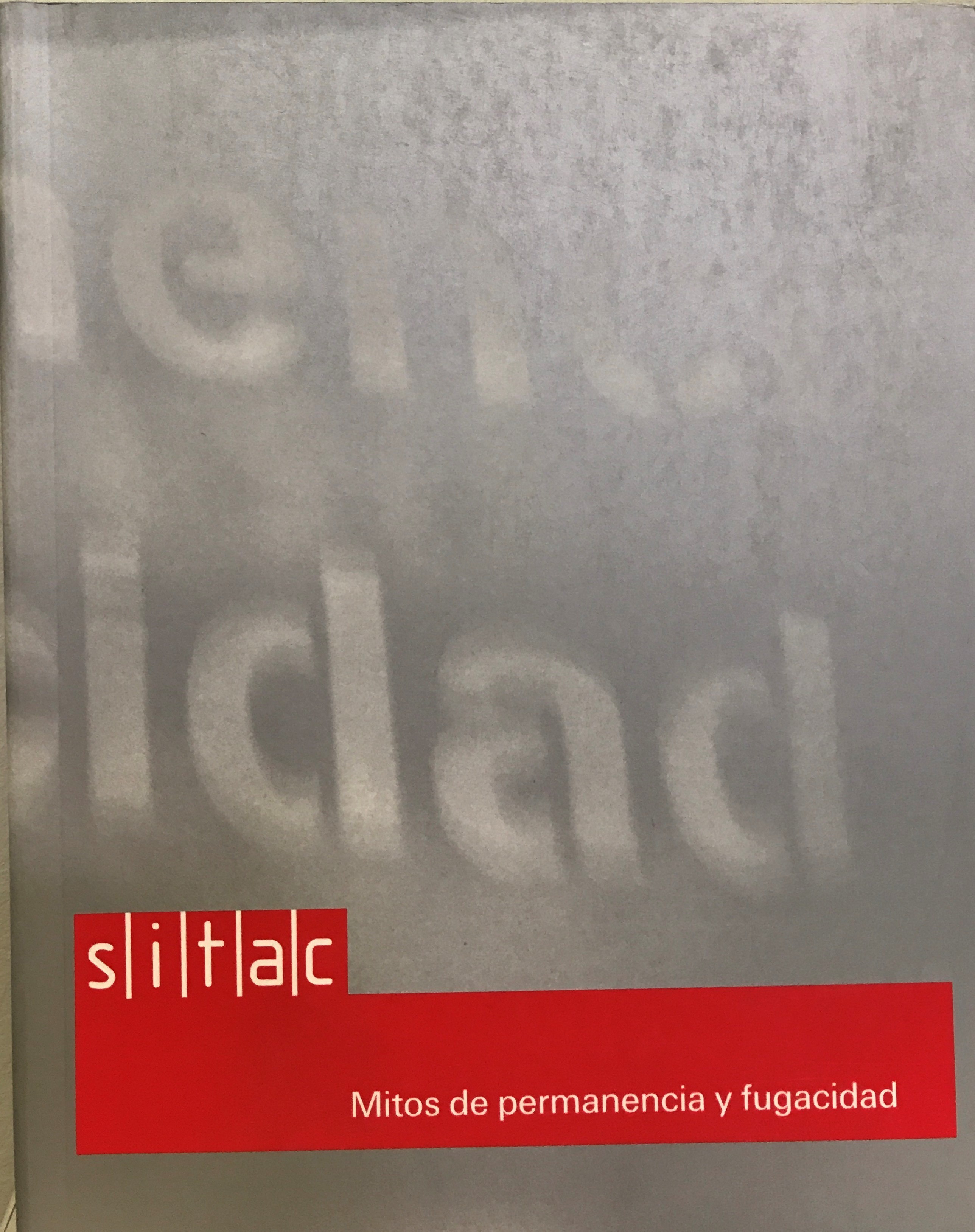Myths of Permanence and the Epheral.
20/Jan/05 — 22/Jan/05, Teatro de los Insurgentes
Director: Pablo Helguera
The Forth International Symposium on Contemporary Art Theory, entitled Myths of Permanence and the Ephemeral, seeks to provide an analysis and critique about the various ways through which the use of the notion of history influences contemporary art practice. The presentations and discussions will focus on three fundamental aspects of the relationship between history and contemporary art, such as the way in which we envision, trace and produce texts about the history of recent art production; the current variables that modify our understanding and assimilation of history (such as a historical self-awareness and the production of ephemeral art); and the way in which history is shaped by economic and political forces that favour certain views about art.
Program
1. Regarding de chronicle of our instant
This section deals with the role of criticism, the media and the relationship between the history of local art and the broader process of validation and establishment of a given artistic context.
The construction of the history of contemporary art is fed by the chronicle, the artistic review and the essays on exhibitions, among others. However, what are the steps to interpret the immediate criticism and turn it into history? What kind of influence does the international media exercise in the process of building the history of contemporary art?
And what happens when we try to trace the history of a context when there has been no local criticism or media documentation about movements, artists and artistic environments in general? What repercussions do external interpretations or media versions have in a local environment where registration and / or interpretation are scarce or incipient?
2. History on the light of contemporary art
When do we start to write the history of contemporary art? How does this process unfold and what are the factors that contribute to a series of events or artistic trends becoming history? This panel will address the way in which we acquire historical perspectives of our present, as well as the way in which re-readings and reinterpretations -or omissions- of immediate history transform our perspectives. Due to constant changes in his discourse and areas of inspiration, the practice of contemporary art demands the same renovation of the art historian that only then will he be able to give appropriate interpretations and descriptions.
Likewise, this panel includes a debate on the theoretical tools with which the history of current art should tell, as new methods of interpretation, analysis and criticism located outside the conventional strategies of the discipline.
3. History and artist: from challenge to assimilation
This section analyzes the ways through history is present in contemporary art outside the conventional art-history practice, ranging from the art-making process to the influence of the art market.
4. History vs. Histories (first part: contested terrains)
What is the role play by marketing in the insertion of artists, groups or movements in history? In what instances are businesses interrelated with art history and how do they affect each other? In what cases is the promotion of a type of history part of a government agenda? What role does collecting play in the elaboration of the history of a given period?
This table analyzes the relationship that exists between the history of contemporary art and the economic processes of the art world that influence it in one way or another.
5. History vs Histories (second part: Art history and politics)
This panel debates the political nature of history in different ways: the tension between local or marginal histories and their validation or confrontation before a hegemonic and / or "unified" history; the political agenda as an influence of the historical drama of art (the monument or the museum, the official history vs. alternative history, sensationalism and / or historical mystification). Existing historical models will also be examined and the need to create histories of art - still unwritten - corresponding to particular places and periods will be discussed.



